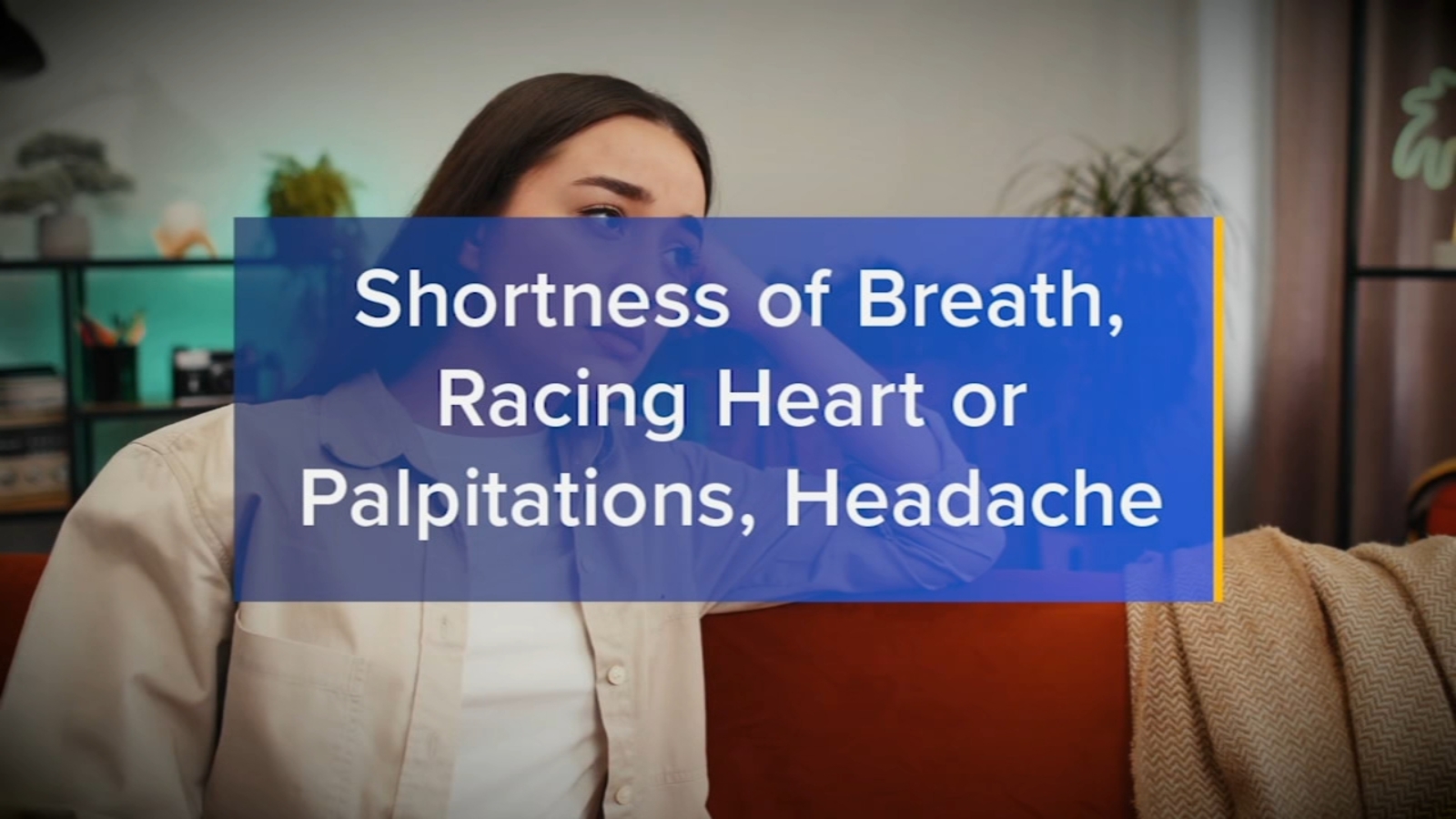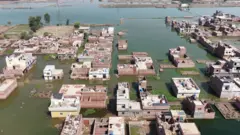Pacific islands push back against growing climate threats – Climate Home News

Report on Climate Resilience and Sustainable Development in Pacific Small Island Developing States
1.0 Introduction: Climate Change as a Threat to Sustainable Development
The Cook Islands and the Federated States of Micronesia, despite their geographical separation, face a shared existential threat from climate change. Rising sea levels and extreme weather events jeopardize their populations, economies, and cultural heritage. This situation presents a direct challenge to the achievement of the Sustainable Development Goals (SDGs), particularly SDG 13 (Climate Action). The encroaching sea is not only an environmental issue but a critical threat to livelihoods and national sovereignty, making climate adaptation an urgent priority.
2.0 Analysis of Climate Impacts on Sustainable Development Goals
Recent climate analysis indicates irreversible sea level rise, which exacerbates existing vulnerabilities and directly undermines progress across multiple SDGs.
- SDG 1 (No Poverty) & SDG 8 (Decent Work and Economic Growth): Increased frequency and severity of droughts and cyclones destroy livelihoods, increasing economic vulnerability for communities reliant on agriculture and fishing.
- SDG 2 (Zero Hunger): Climate impacts threaten food security by damaging crops and fisheries, which are foundational to the sustenance and economy of the islands.
- SDG 5 (Gender Equality): The degradation of natural resources, such as the decline of pandanus trees due to warmer temperatures, threatens traditional practices like women’s weaving, impacting cultural heritage and women’s roles in the community.
- SDG 6 (Clean Water and Sanitation): The remoteness of over 1,000 islands across the region complicates access to basic services, with climate shocks further straining water security.
- SDG 13 (Climate Action): NASA research projects a sea level rise of at least 15.24 cm over the next 30 years, highlighting the immediate need for robust adaptation measures.
3.0 Adaptation Strategies through Locally-Led Initiatives and Partnerships
In response to these challenges, both nations are implementing projects funded by the Adaptation Fund, demonstrating a commitment to SDG 17 (Partnerships for the Goals). Through the Fund’s “direct access” scheme, National Implementing Entities (NIEs) lead projects tailored to local needs. This approach ensures that solutions are community-driven, inclusive, and informed by local knowledge, aligning with the principles of SDG 16 (Peace, Justice and Strong Institutions).
3.1 Case Study: The Cook Islands’ PEARL Project
The “Pa Enua Action for Resilient Livelihoods” (PEARL) project, implemented by the Ministry of Finance and Economic Management, has delivered tangible outcomes across several SDGs:
- Enhanced Water and Food Security: The project increased water storage capacity and established 25 new farms and 11 agro-nurseries focused on climate-resilient crops. The introduction of sustainable technologies like drip irrigation directly supports SDG 2 (Zero Hunger) and SDG 6 (Clean Water and Sanitation).
- Strengthened Climate Resilience: A new early warning system was created, and communities received training in disaster risk preparedness, advancing SDG 11 (Sustainable Cities and Communities) and SDG 13 (Climate Action).
- Economic Empowerment: 35 community grants were awarded to farmers and households for adaptive tools, fostering economic resilience and contributing to SDG 1 (No Poverty).
3.2 Case Study: The Federated States of Micronesia’s Conservation Project
A similar project implemented by the Micronesia Conservation Trust has focused on ecosystem-based adaptation to build long-term resilience, with significant contributions to environmental SDGs:
- Marine and Terrestrial Ecosystem Protection: The project established protections for marine habitats and supported the restoration of upland forests and mangroves. This work is crucial for SDG 14 (Life Below Water) and SDG 15 (Life on Land).
- Sustainable Resource Management: Through locally-led small grants, communities strengthened fisheries management, ensuring the sustainability of marine resources vital for food security (SDG 2) and economic stability (SDG 8).
- Regional Conservation Leadership: The project aligns with the broader “Micronesia Challenge,” which aims to conserve 50% of marine resources by 2030, demonstrating a significant regional commitment to SDG 14.
4.0 Conclusion and Future Outlook
The experiences in the Cook Islands and Micronesia provide critical evidence that locally-led, well-resourced adaptation projects can build resilience and advance the Sustainable Development Goals. These initiatives empower communities with the tools and confidence to lead their own climate responses. The upcoming Adaptation Futures conference offers a vital platform, in line with SDG 17 (Partnerships for the Goals), to share these lessons globally. The challenges faced by these low-lying island nations serve as a critical warning to the international community; their fate is a precursor to global climate impacts, and ignoring their plight puts the collective achievement of the SDGs at peril.
Analysis of Sustainable Development Goals in the Article
1. Which SDGs are addressed or connected to the issues highlighted in the article?
The article discusses several interconnected challenges faced by the Cook Islands and the Federated States of Micronesia, primarily driven by climate change. These challenges and the responses to them are directly relevant to a number of Sustainable Development Goals (SDGs).
- SDG 13: Climate Action: This is the central theme of the article. It explicitly details the impacts of climate change, such as “rising seas and extreme weather,” and the implementation of adaptation projects to “build climate resilience.”
- SDG 14: Life Below Water: The article highlights the importance of marine ecosystems for these island nations. It mentions projects that put in place “effective state protections for marine habitats,” promote “stronger fisheries management,” and contribute to the “Micronesia Challenge” to “conserve 50% of marine resources by 2030.”
- SDG 15: Life on Land: The impact on terrestrial ecosystems is noted through the threat to “pandanus trees” and the implementation of projects involving the “restoration of upland forests and mangroves.”
- SDG 2: Zero Hunger: The article addresses food security challenges exacerbated by climate change. It describes interventions such as establishing “25 new farms and 11 agro-nurseries with a strong focus on establishing climate-resilient crops” to ensure local food production.
- SDG 6: Clean Water and Sanitation: Water security is identified as a key issue. The projects described include “increasing water storage across the outer Pa Enua islands” to address this vulnerability.
- SDG 1: No Poverty: The article links climate impacts directly to economic well-being, stating that the climate crisis has “destroyed livelihoods and increased people’s economic vulnerabilities.” The projects aim to build resilience to protect these livelihoods.
- SDG 11: Sustainable Cities and Communities: The focus is on making communities resilient and safe. This is evident in the creation of a “new early warning system” and providing “local training provided on disaster risk preparedness.” The article also touches on safeguarding cultural heritage, noting that “women’s weaving traditions are under threat.”
- SDG 5: Gender Equality: The article acknowledges the gendered impacts of climate change and the importance of inclusive solutions. It mentions that projects are designed with “gender concerns” in mind and that “women’s weaving traditions are under threat.”
- SDG 17: Partnerships for the Goals: The entire initiative described is a result of partnerships. The article highlights how the governments of the Cook Islands and Micronesia “sought financing from the Adaptation Fund” and used “national implementing entities (NIEs)” to manage projects locally, demonstrating a partnership between international funds and local actors.
2. What specific targets under those SDGs can be identified based on the article’s content?
The article provides enough detail to connect the discussed issues and actions to specific SDG targets.
- Under SDG 13 (Climate Action):
- Target 13.1: Strengthen resilience and adaptive capacity to climate-related hazards and natural disasters in all countries. The article is fundamentally about this, describing how both nations are “implementing projects to build climate resilience” and adapt to “rising seas and extreme weather.” The creation of an “early warning system” is a direct example.
- Target 13.b: Promote mechanisms for raising capacity for effective climate change-related planning and management in least developed countries and small island developing States. The article describes how the Adaptation Fund’s “direct access” scheme helps “countries manage their adaptation efforts” and ensures solutions are “community-led, inclusive, and informed by local knowledge.”
- Under SDG 14 (Life Below Water):
- Target 14.2: By 2020, sustainably manage and protect marine and coastal ecosystems. The Micronesian project focuses on “effective state protections for marine habitats” and the “restoration of… mangroves.”
- Target 14.5: By 2020, conserve at least 10 per cent of coastal and marine areas. The article mentions the “Micronesia Challenge,” which aims to “conserve 50% of marine resources by 2030,” far exceeding this target.
- Under SDG 2 (Zero Hunger):
- Target 2.4: By 2030, ensure sustainable food production systems and implement resilient agricultural practices. This is addressed through the creation of “25 new farms and 11 agro-nurseries with a strong focus on establishing climate-resilient crops” and the use of “drip irrigation [to sustainably water crops].”
- Under SDG 1 (No Poverty):
- Target 1.5: By 2030, build the resilience of the poor and those in vulnerable situations and reduce their exposure and vulnerability to climate-related extreme events. The projects are explicitly designed to “support people most vulnerable to climate shocks” and reduce “economic vulnerabilities.”
- Under SDG 11 (Sustainable Cities and Communities):
- Target 11.5: By 2030, significantly reduce the number of deaths and the number of people affected… by disasters. This is directly addressed by creating a “new early warning system” and providing “local training provided on disaster risk preparedness.”
- Target 11.4: Strengthen efforts to protect and safeguard the world’s cultural and natural heritage. The article notes the danger of having “culture and way of life erased” and the specific threat to “women’s weaving traditions.”
3. Are there any indicators mentioned or implied in the article that can be used to measure progress towards the identified targets?
Yes, the article mentions several quantitative and qualitative indicators that can be used to measure progress.
- Indicator for Target 13.1: The article provides a direct measure of a climate hazard: “Pacific islands are expected to experience at least 6 inches (15.24 cm) of sea level rise over the next 30 years.” Progress on adaptation can be measured by the implementation of strategies like the “new early warning system” and the number of people receiving “local training provided on disaster risk preparedness.”
- Indicator for Target 14.5: A clear quantitative indicator is provided for marine conservation. The “Micronesia Challenge” aims to “conserve 50% of marine resources by 2030, equivalent to 2.5 million square miles (6.5 million square kilometres).” This corresponds to SDG Indicator 14.5.1 (Coverage of protected areas in relation to marine areas).
- Indicator for Target 2.4: Progress in resilient agriculture can be measured by the number of new facilities established, specifically the “25 new farms and 11 agro-nurseries.”
- Indicator for Target 1.5: The distribution of financial support to vulnerable households is a direct indicator. The article states that “35 community grants were awarded to farmers and households to help pay for adaptive tools.”
- Indicator for Target 17.3: Financial flows are mentioned as a key enabler. The article refers to “financing from the Adaptation Fund” as a critical resource for these projects, which relates to Indicator 17.3.1 (Additional financial resources mobilized for developing countries).
4. Table of SDGs, Targets, and Indicators
| SDGs | Targets | Indicators Identified in the Article |
|---|---|---|
| SDG 13: Climate Action | 13.1: Strengthen resilience and adaptive capacity to climate-related hazards and natural disasters. | Projected sea level rise of 6 inches (15.24 cm) over 30 years; Implementation of a new early warning system; Local training on disaster risk preparedness. |
| SDG 14: Life Below Water | 14.5: Conserve at least 10% of coastal and marine areas. | Commitment to conserve 50% of marine resources by 2030 (Micronesia Challenge). |
| SDG 2: Zero Hunger | 2.4: Ensure sustainable food production systems and implement resilient agricultural practices. | Establishment of 25 new farms and 11 agro-nurseries; Use of drip irrigation. |
| SDG 1: No Poverty | 1.5: Build the resilience of the poor and reduce their vulnerability to climate-related extreme events. | Awarding of 35 community grants to farmers and households for adaptive tools. |
| SDG 11: Sustainable Cities and Communities | 11.4: Strengthen efforts to protect and safeguard the world’s cultural and natural heritage. | Identified threat to “women’s weaving traditions” and the broader “culture and way of life.” |
| SDG 15: Life on Land | 15.1: Ensure the conservation, restoration and sustainable use of terrestrial and inland freshwater ecosystems. | Implementation of projects for the “restoration of upland forests and mangroves.” |
| SDG 17: Partnerships for the Goals | 17.3: Mobilize additional financial resources for developing countries from multiple sources. | Securing “financing from the Adaptation Fund” to implement local projects. |
Source: climatechangenews.com

What is Your Reaction?
 Like
0
Like
0
 Dislike
0
Dislike
0
 Love
0
Love
0
 Funny
0
Funny
0
 Angry
0
Angry
0
 Sad
0
Sad
0
 Wow
0
Wow
0



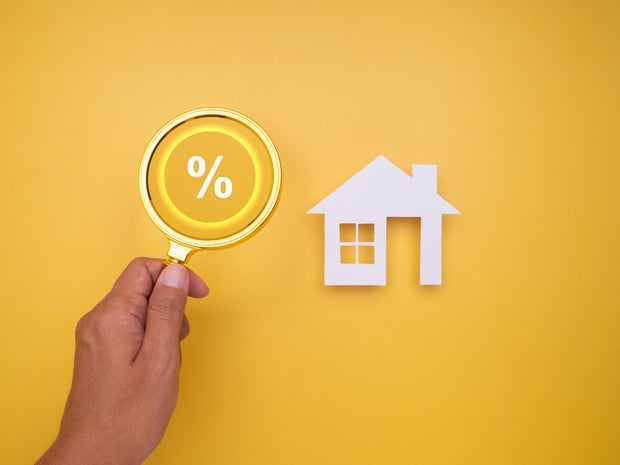














-1920w.png?#)




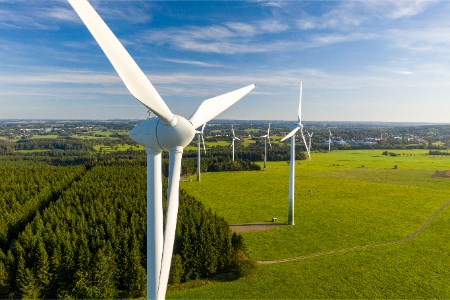
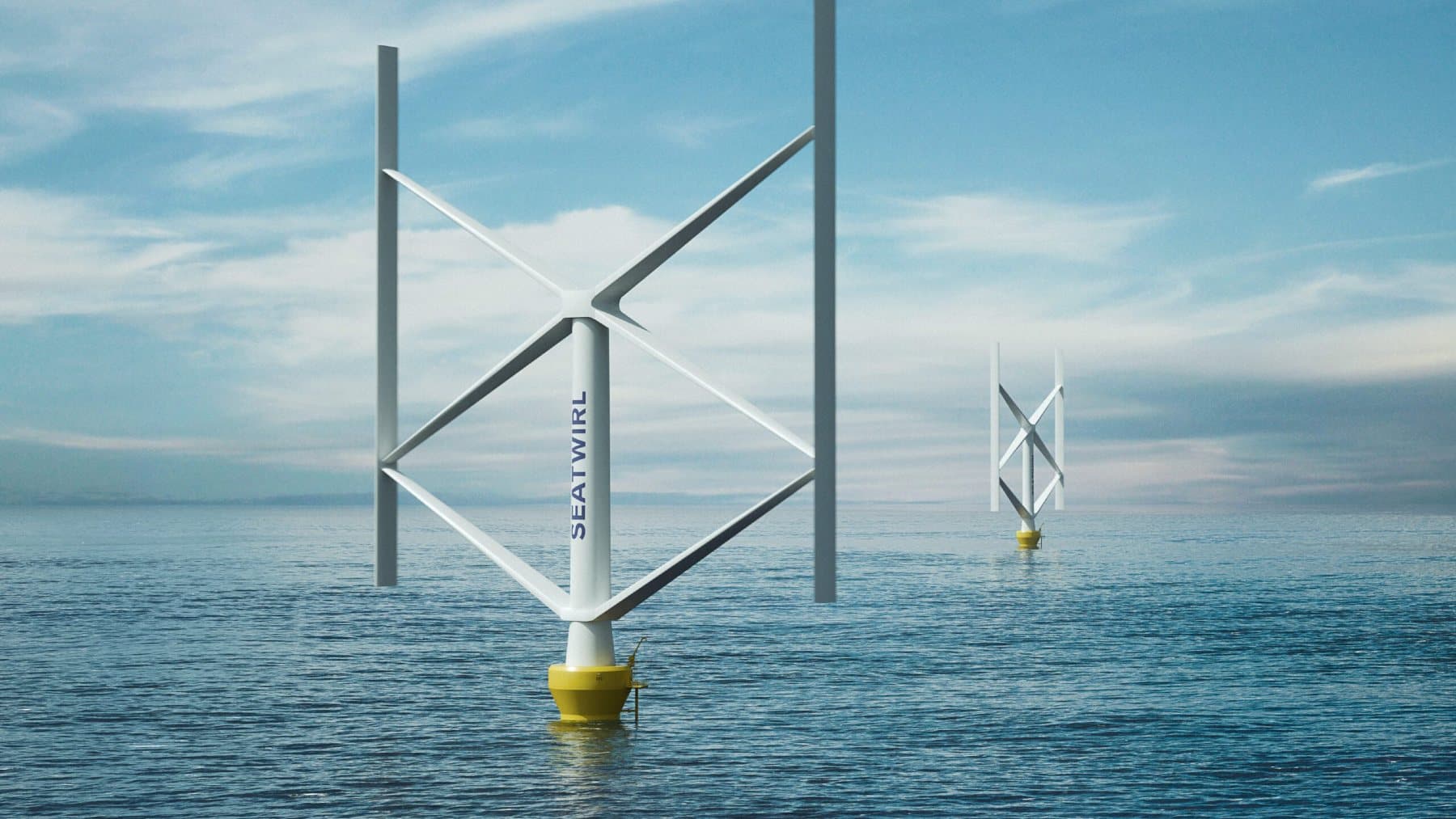


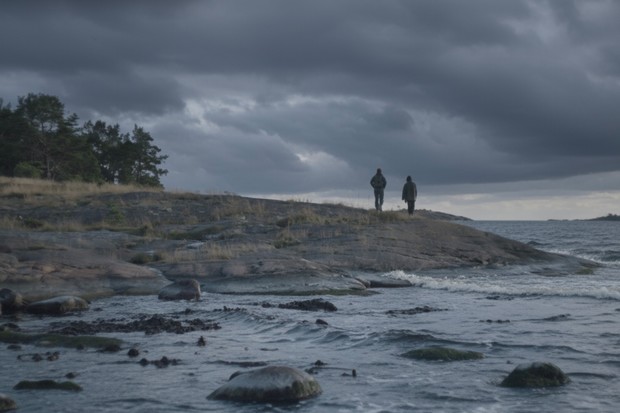
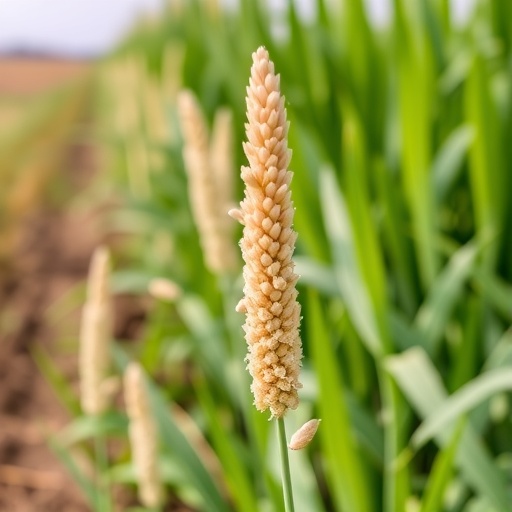








;Resize=805#)








.jpg?h=50da7ea4&itok=DTgFLdpn#)












